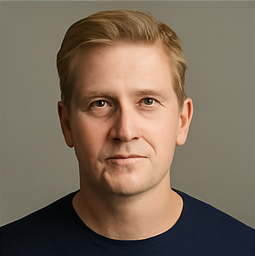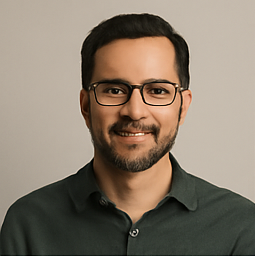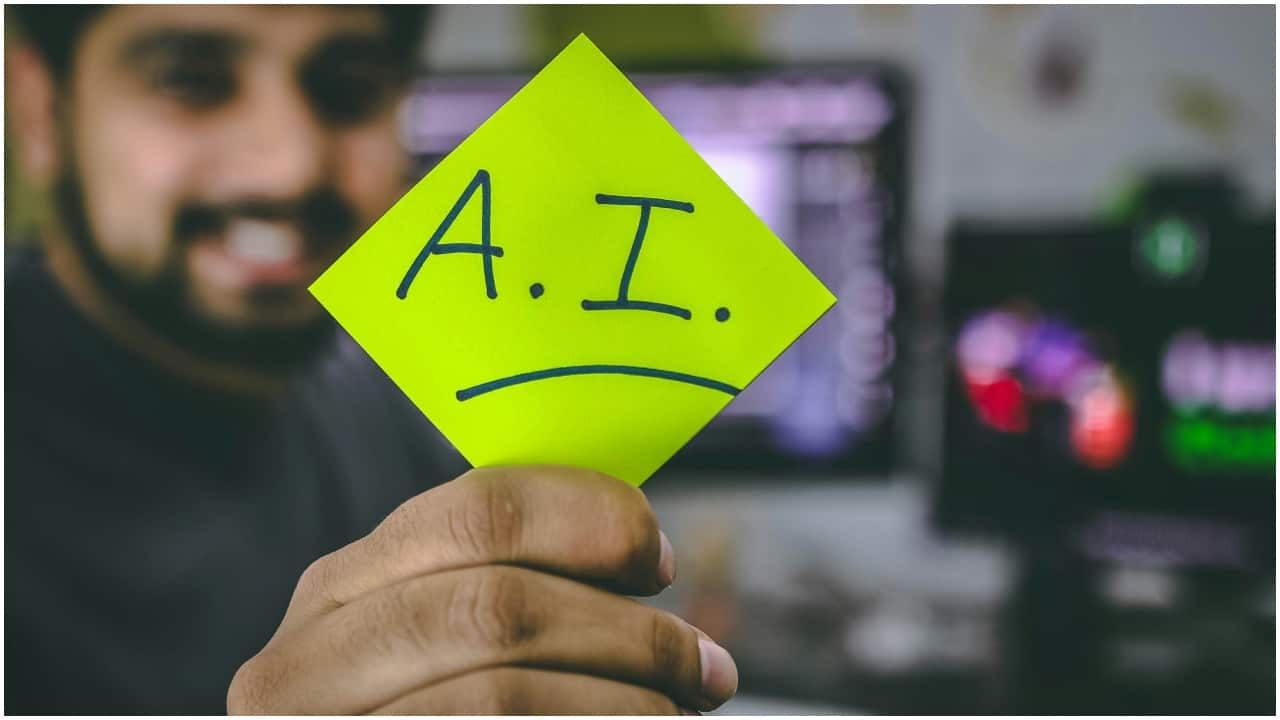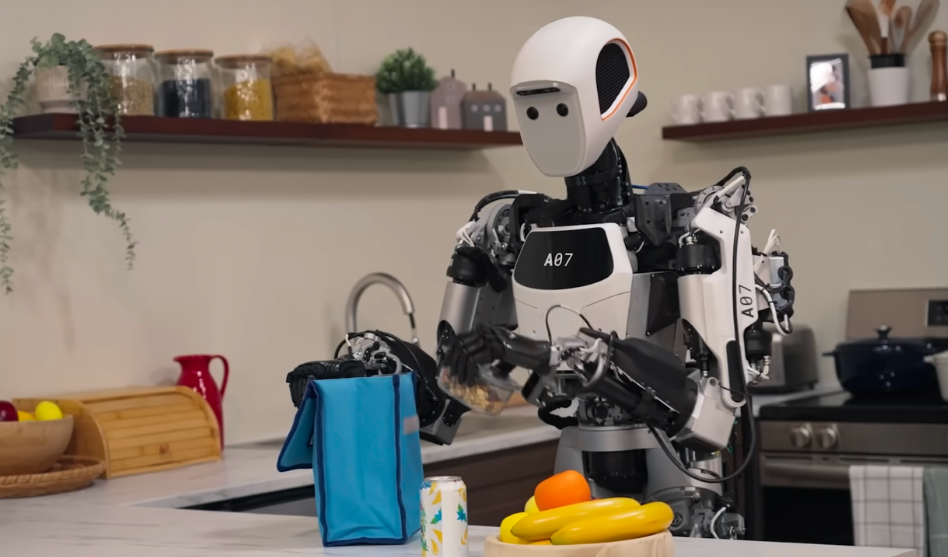Scientists Are Building Living Computers—Is This the Future of AI?
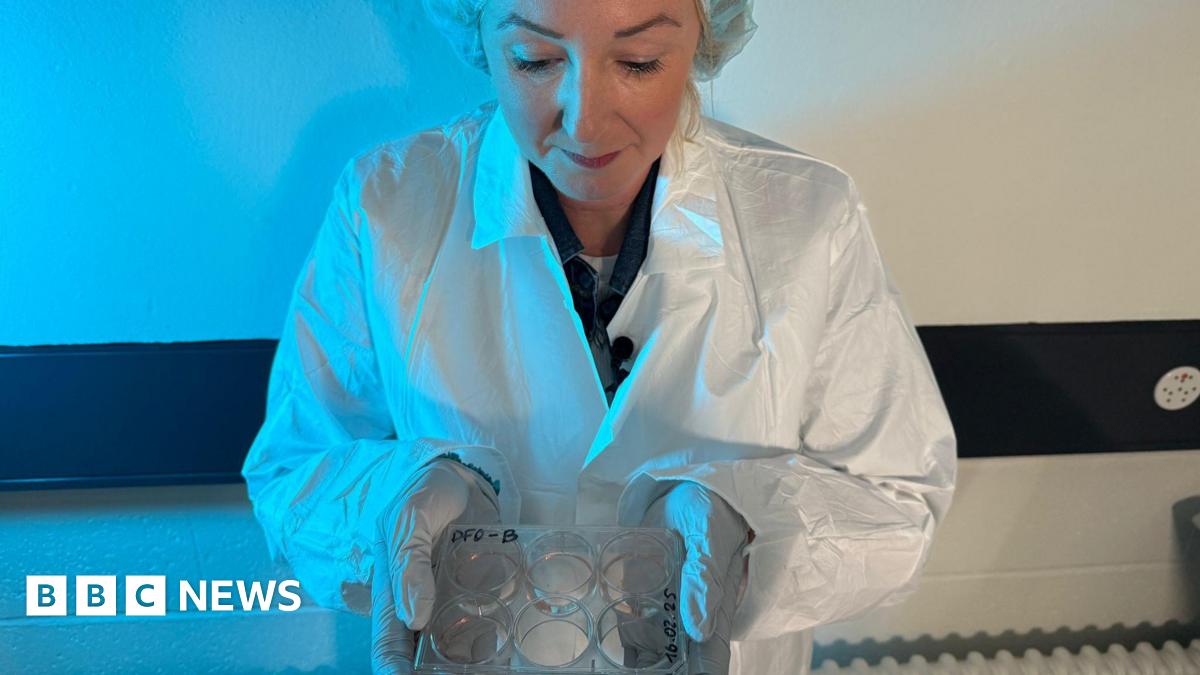
Imagine computers that think and learn like us, made not of silicon but of living cells. Sounds like a scene straight out of a sci-fi movie, right? Yet, a daring group of researchers in Switzerland is turning this bold vision into reality through a groundbreaking field known as biocomputing.
At the heart of this revolutionary project is Dr. Fred Jordan, co-founder of the FinalSpark lab, who dreams of a day when data centers are filled with ‘living’ servers that mirror the learning processes of artificial intelligence (AI). These innovative systems are expected to use a fraction of the energy consumed by our current computers, which is nothing short of a game-changer.
So, what exactly is biocomputing? Forget the traditional concepts of hardware and software; researchers like Dr. Jordan are introducing a term that might raise a few eyebrows: “wetware.” This involves creating neurons that develop into clusters, scientifically termed organoids. These organoids can then be connected to electrodes, kickstarting the process of utilizing them as mini-computers.
The implications are staggering—imagine a world where our technology is not just more efficient but also more aligned with natural biological processes. If successful, these living computers could revolutionize how we understand intelligence and data processing.
As scientists delve deeper into this fascinating field, the lines between biology and technology blur, raising both excitement and ethical questions about the future of computing. Are we ready to embrace this new frontier, or should we tread carefully?

